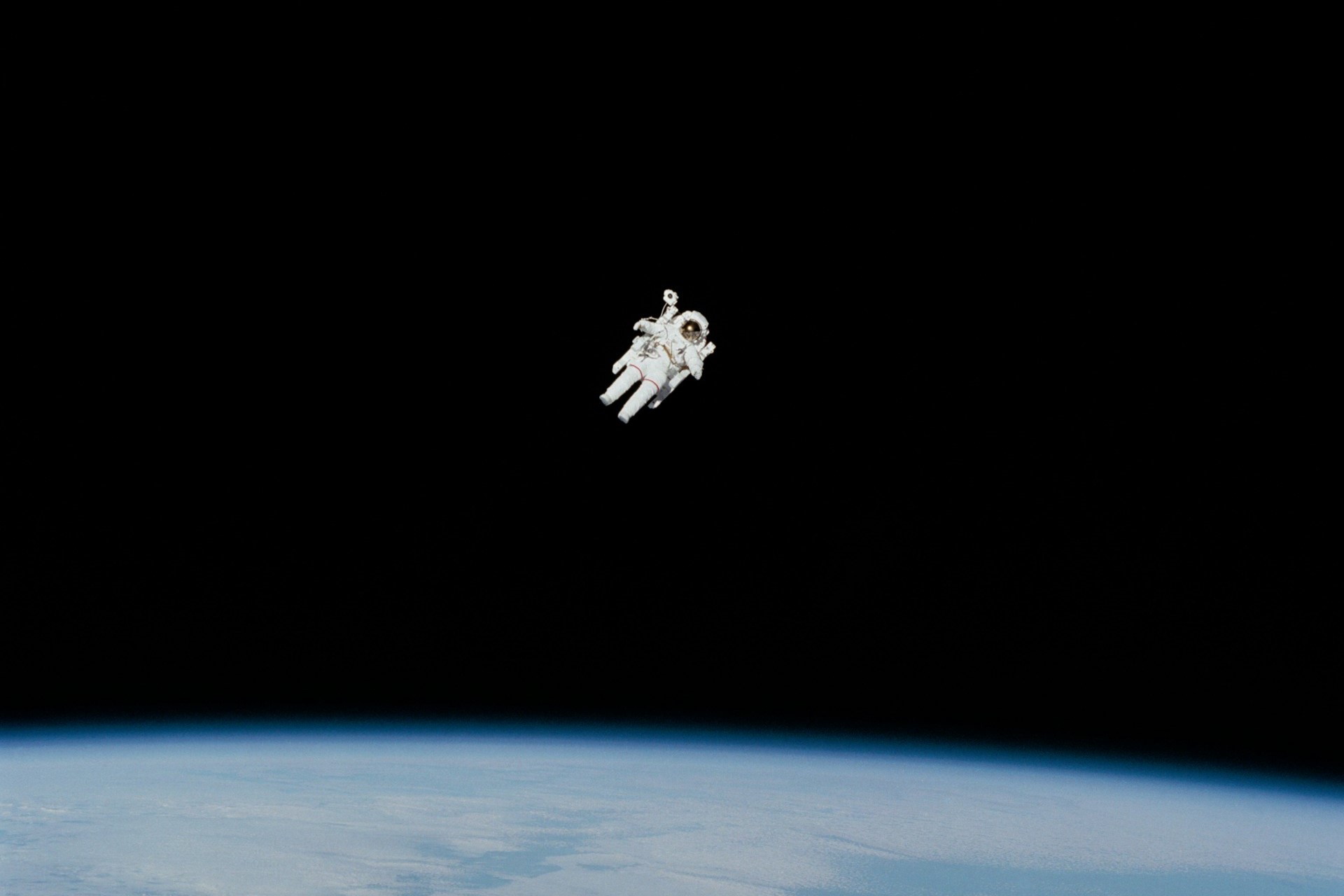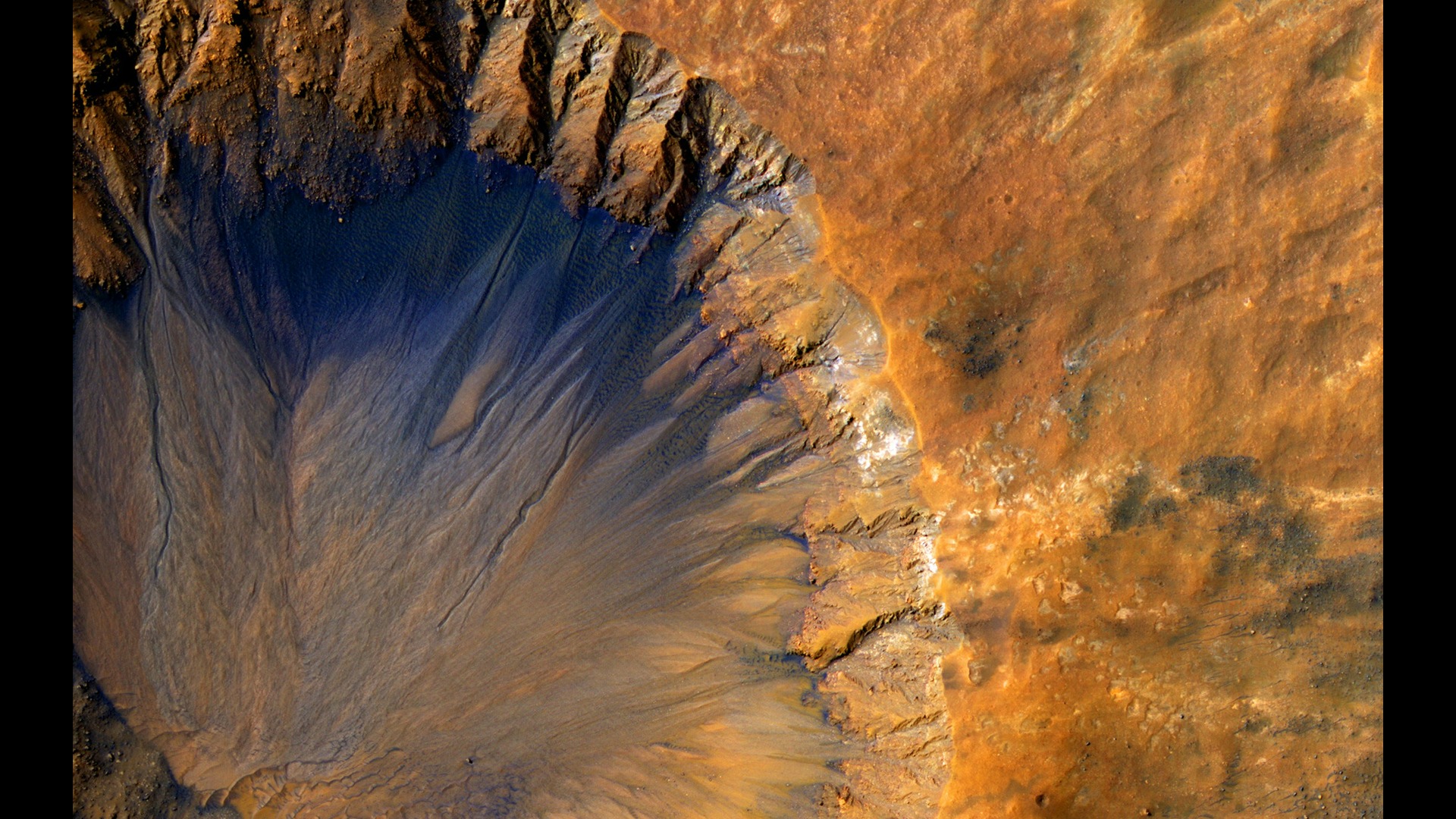
Into The Black: Exploring Why Space is Dark
June 21, 2022 - Revolutionized Team
Revolutionized is reader-supported. When you buy through links on our site, we may earn an affiliate commission. Learn more here.
We’ve learned a lot about space in the 60+ years of sending astronauts into orbit. Astronomers learned that space is a vacuum and home to ultra-low temperatures, solar winds and harsh radiation. Telescope operators observed stars, planets, nebulae, black holes and supernovas and there’s still so much left that we don’t understand. One thing we all agree on is that space is dark. There seems to be an almost infinite blackness in the vast stretches between stars. Let’s explore why space is dark and what this darkness could mean for our understanding of the universe.
Universal Expansion
The universe is ancient, but it’s not infinite. In fact, it began its life in a cataclysmic explosion known as the Big Bang. For ages, the human race believed that the universe was static and unmoving, but as our understanding grew, we learned that the universe is perpetually expanding. The theory of space-time expansion could help to explain why outer space appears dark, despite hundreds of billions of stars emitting light.
In 1823, Henrich Wilhelm Olbers postulated that the universe is expanding faster than the speed of light. Dubbed Olbers’ Paradox, he theorized that light might stretch into wavelengths invisible to the naked eye because of the massive distances that light needs to travel. It is also possible that the universe — despite being nearly 14 billion years old — is young enough that light from its furthest reaches hasn’t reached Earth yet.
The Limits of the Human Eye
We’re used to thinking of light and dark regarding what we can see with the naked eye. Unfortunately, the human eye is limited to what it can observe on a very narrow spectrum. Our home star emits light on the visual spectrum, but it also emits microwaves and other forms of radiation that we can’t see without specialized equipment.
On the other hand, stars can emit energy on all sorts of colors, wavelengths and spectrums that we couldn’t hope to see with our limited human senses. Cosmic background radiation — protons and electrons scattered by the Big Bang — are on the microwave wavelength and exist nearly everywhere in outer space. If we could see those microwaves, outer space would glow, and we wouldn’t be having a conversation about why space is dark.
Light in a Vacuum
The photons that make up visible light interact with nearly everything they encounter. Photons reflecting off various surfaces help us see. These photons also determine what colors we see when we look at something. If you’re looking at a red wagon, you’re seeing the color red because the wagon absorbs that wavelength of light and reflects the rest to your eyes. Light refracting through oxygen and nitrogen molecules in the atmosphere is why the sky appears blue.
There’s nothing to interfere with the photons in a vacuum as they travel at the speed of light through all that space. The light is there, but with nothing to interact with and reflect off, our eyes simply process it as empty blackness.
Space is Brighter Than We Thought
When NASA’s New Horizons mission reached Pluto, it could observe space without light pollution from the sun that it had left so far behind. After sorting through all the images the craft had sent back, removing anything from stars to camera quirks that could be admitting light, engineers were surprised to see that space was brighter than they anticipated.
It is still cold and dark in the black, but when you ask why space is dark, the answer isn’t as straightforward as most people think.
Revolutionized is reader-supported. When you buy through links on our site, we may earn an affiliate commission. Learn more here.







